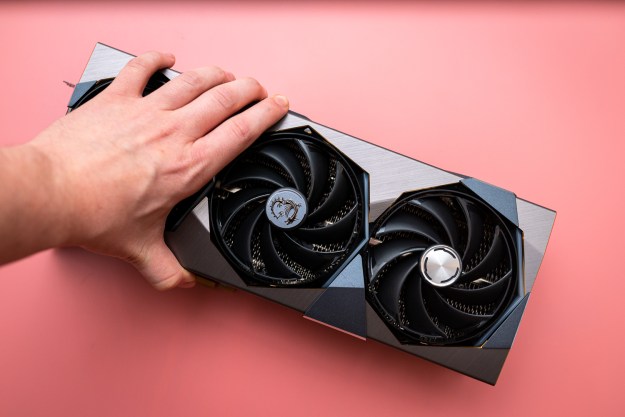After more than a year of chip shortages, prices of graphics cards continue to be highly inflated. While there are signs that imply the situation might be improving, Jensen Huang, CEO of Nvidia, expects the shortage to continue well into 2022.
Both Nvidia and AMD have taken steps to improve their supply levels. According to Huang, Nvidia has taken steps to try to combat the current GPU shortage. Despite that, he expects that graphics cards supplies will continue to be low throughout the next year.
“Meanwhile, we have and are securing pretty significant long-term supply commitments as we expand into all these different markets initiatives that we’ve set ourselves up for. And so I think — I would expect that we will see a supply contained environment for the vast majority of next year is my guess at the moment,” said Jensen Huang.

Huang made similar predictions in 2020 when he stated that the demand for GPUs will outstrip the supply for all of 2021. It’s likely that this expectation will come true, as we are closing in on September and the situation continues to be dire.
Getting one of the best graphics cards has been nearly impossible in the past months, and this applies to both AMD and Nvidia GPUs. The ongoing chip shortage drove up the prices of hardware to previously unseen heights, causing some cards to sell at over 300% of their MSRP as recently as May of this year.
We have recently seen the supplies of graphics cards beginning to normalize, allowing for prices to drop in some markets, such as Germany. However, finding one of the Nvidia RTX 30-Series cards at MSRP continues to be extremely difficult and is often limited to short sales.
Many PC builders were hopeful that the measures taken by Nvidia might impact the market in a positive way. Nvidia has confirmed that the majority of graphics cards sold in the second quarter of 2021 were cards with Lite Hash Rate limiters. The use of LHR technology makes these cards much less attractive to cryptocurrency miners, allowing the stocks to be accessed by other users. Even though these cards are not as well-suited to crypto mining, they continue to sell out in seconds after launch.
Rumors suggest that Nvidia is going to release its next generation of graphics cards, the Ada Lovelace GeForce RTX 40-Series, sometime next year. It’s possible that the company will use TSMC as their foundry, although using Samsung is still a possibility. With Intel joining the GPU market soon, and AMD also working on its next generation of cards, we can only hope that these new releases will be easier to snag than what’s currently on the market.
Editors' Recommendations
- AMD’s canceled GPU could have crushed Nvidia
- RTX 4090 owners are in for some bad news
- GPU prices are back on the rise again
- You shouldn’t buy these Nvidia GPUs right now
- Nvidia DLSS is amazing, but only if you use it the right way




